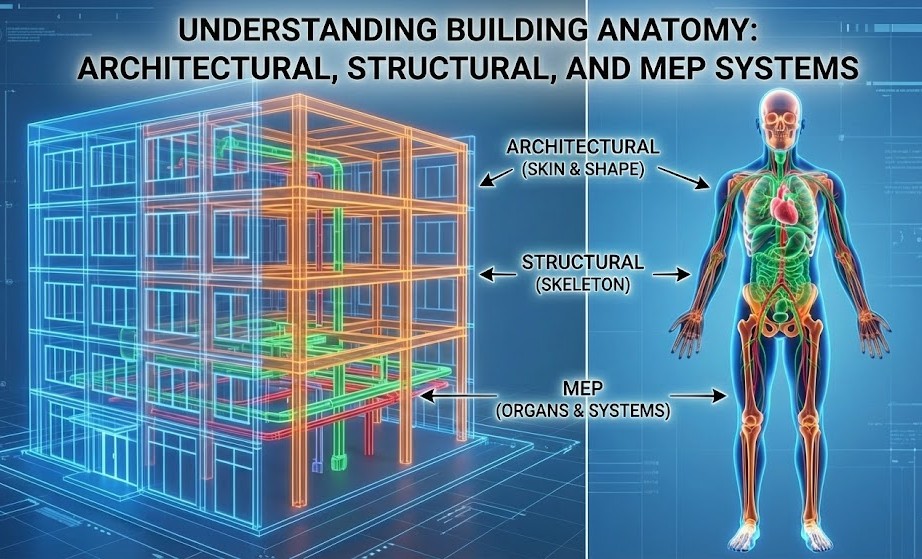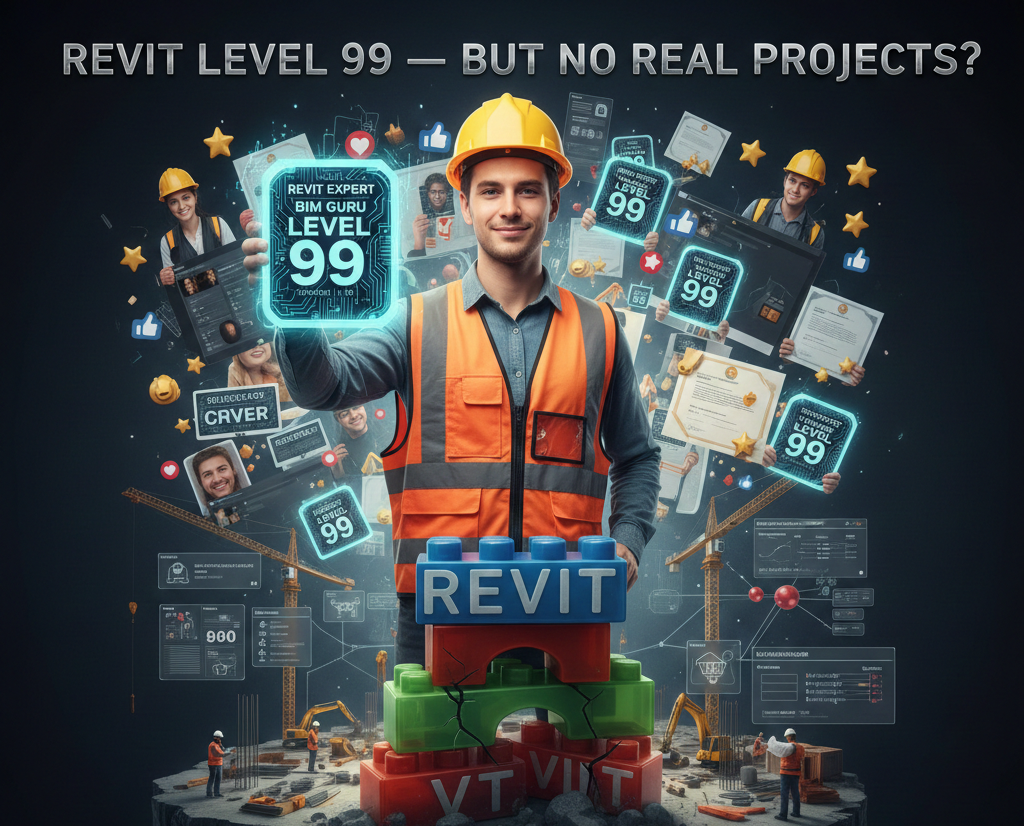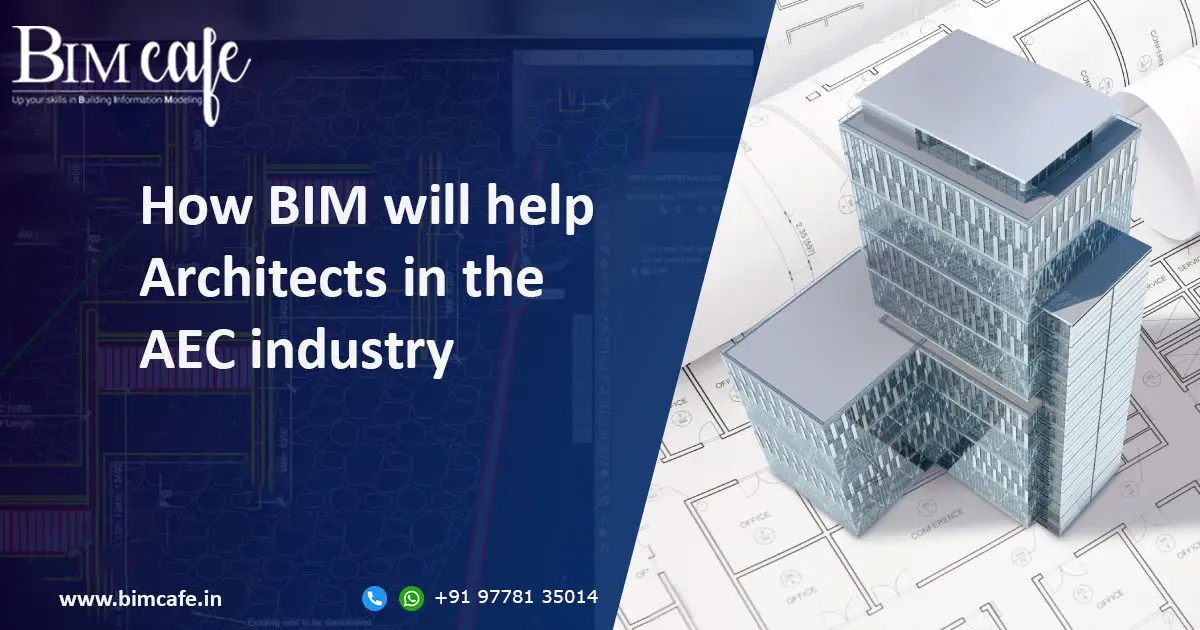
Author: Devika R
July 31, 2023
3 min read
Building Information Modeling (BIM) is revolutionizing the way architects work in the Architecture, Engineering, and Construction (AEC) industry. Its implementation offers numerous advantages that significantly enhance the architect’s role and influence in the entire project lifecycle. Here’s how BIM helps architects:
Enhanced Visualization and Design:
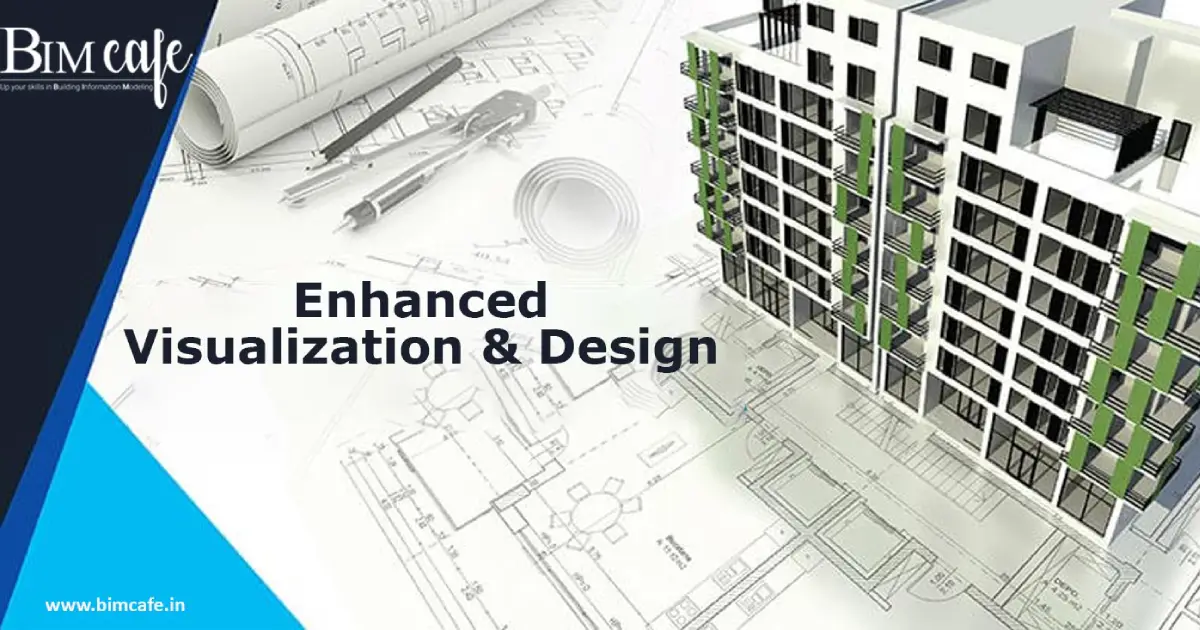
BIM enables architects to create detailed 3D models of their designs, providing a more immersive and realistic visualization. This allows architects to better understand spatial relationships, identify design flaws, and make informed decisions early in the design process. The visual representation aids in communicating complex ideas to clients and stakeholders, fostering a deeper appreciation and understanding of the proposed project.
Improved Collaboration and Coordination:
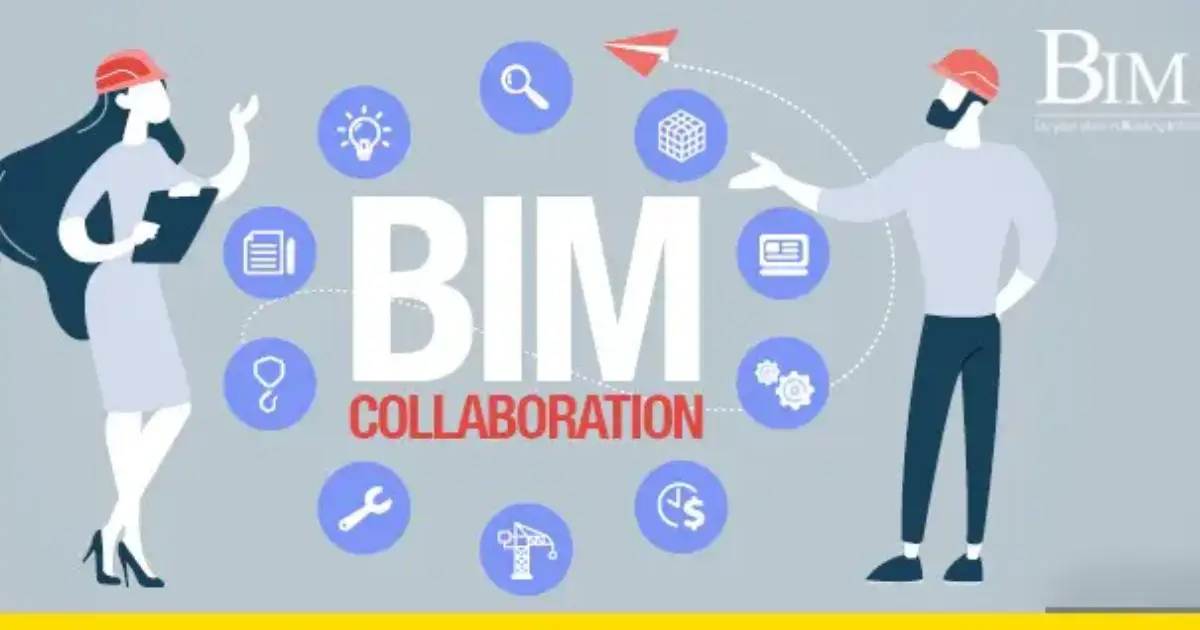
BIM promotes seamless collaboration among different disciplines involved in the AEC industry. Architects can work hand-in-hand with engineers, contractors, and other stakeholders within the same shared model. This integration facilitates real-time updates, reduces conflicts, and streamlines communication, ensuring all parties are on the same page throughout the project, leading to better coordination and a more efficient construction process.
Efficient Design Iteration:
BIM‘s parametric modeling allows architects to explore multiple design iterations rapidly. By modifying elements within the model, architects can instantly visualize the effects of changes on the entire project. This iterative approach empowers architects to experiment with various design options, optimize building performance, and create innovative and sustainable solutions that align with the client’s goals.
Data-Driven Decision Making:

BIM‘ is a data-rich platform that stores vast amounts of information about building elements. Architects can access valuable data related to materials, quantities, costs, and performance attributes. Utilizing this information, architects can make data-driven decisions, ensuring that design choices align with project objectives, budget constraints, and sustainability requirements.
Clash Detection and Risk Mitigation:
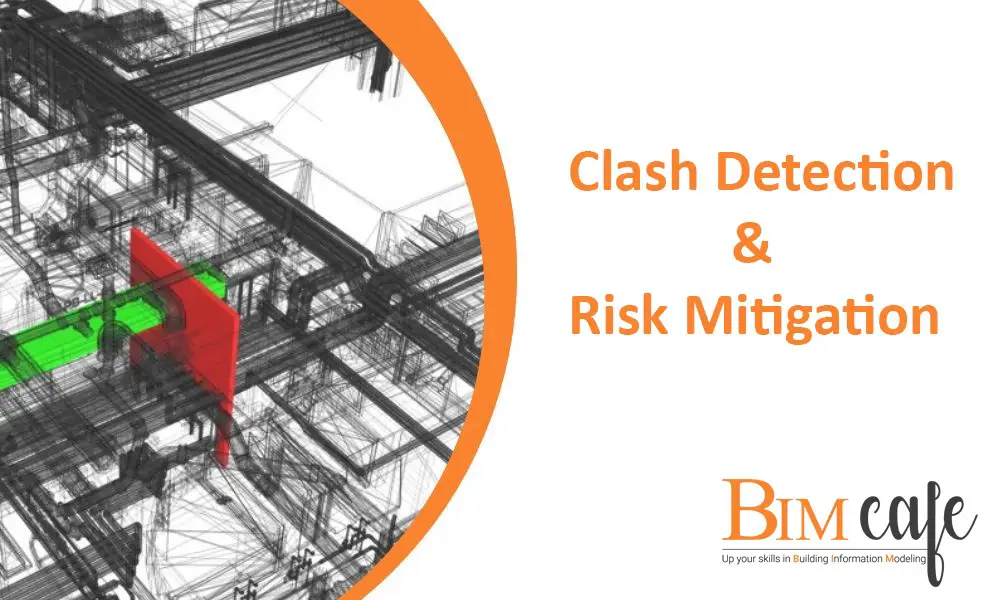
Incorporating BIM into the design process allows architects to conduct clash detection analysis. Potential clashes and conflicts between different building systems and components can be identified and resolved virtually before construction begins. This preemptive approach mitigates risks, reduces costly rework during construction, and contributes to smoother project delivery.
Lifecycle Management and Maintenance:
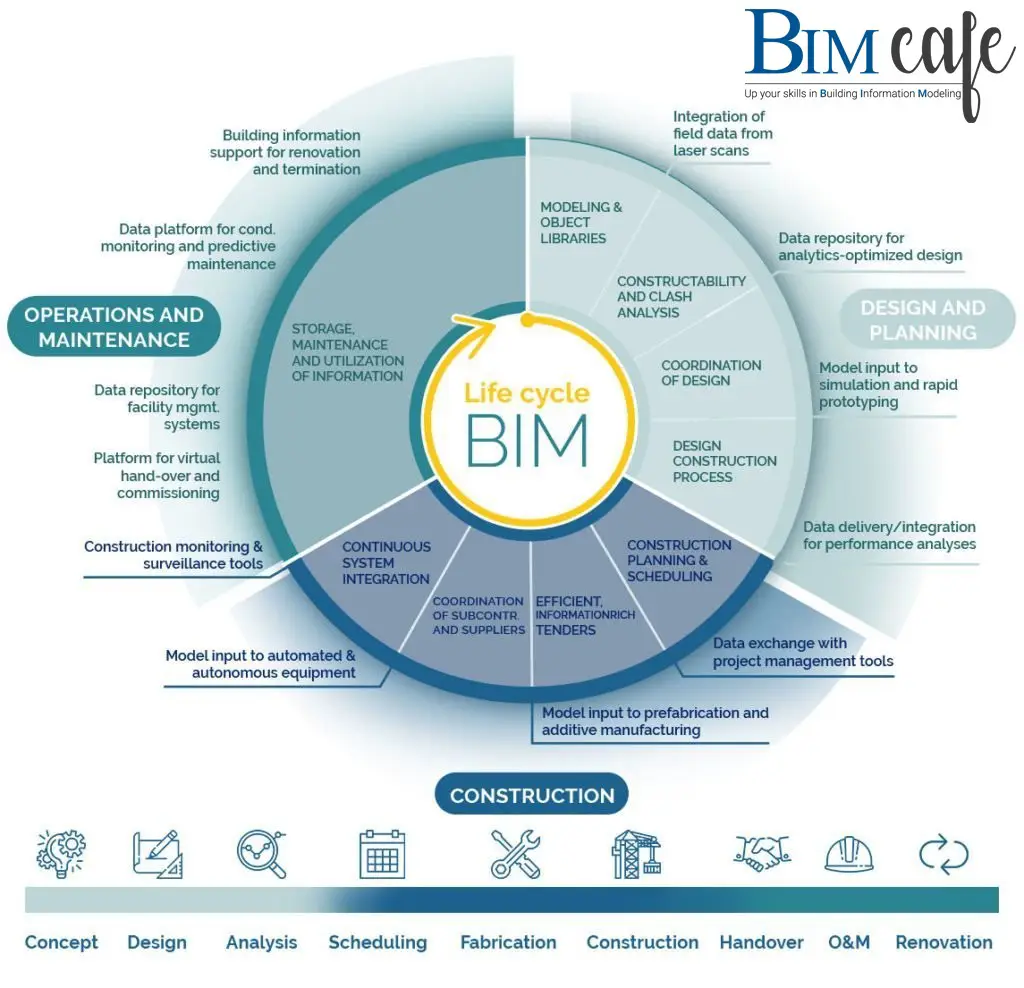
BIM‘s value extends beyond the design and construction phases. It offers architects the ability to provide valuable information for facility managers and building operators. BIM data aids in facility management, maintenance planning, and future renovations, ensuring the building’s efficiency and longevity well after its completion.
Conclusion
In the AEC industry, BIM has emerged as a game-changer for architects. Its integration empowers architects with advanced visualization tools, streamlined collaboration, and data-driven decision-making capabilities. By leveraging BIM technology, architects can deliver innovative, sustainable, and cost-effective designs that meet the evolving needs of clients and contribute to the overall success of projects. As the AEC industry continues to embrace BIM, architects must seize this opportunity to stay at the forefront of design innovation and play a pivotal role in shaping the built environment of the future.
Certainly! If you’re interested in learning more about BIM Basic & Professional courses, you can contact the BIM Cafe team for further information. You can reach them through the following contact details:
Email: [email protected]
Phone: +91 97781 35014, +91 90721 35014
Social Medias: https://www.instagram.com/bimcafe/ , https://shorturl.at/FGO47
BIM Cafe offers comprehensive training on Building Information Modeling, covering both the fundamentals (basic) and advanced (professional) aspects of the subject. They can provide you with detailed course information, curriculum, duration, fees, and any other specific inquiries you may have.
Feel free to reach out to them via email or phone, and they will be able to assist you further with your BIM training needs.



